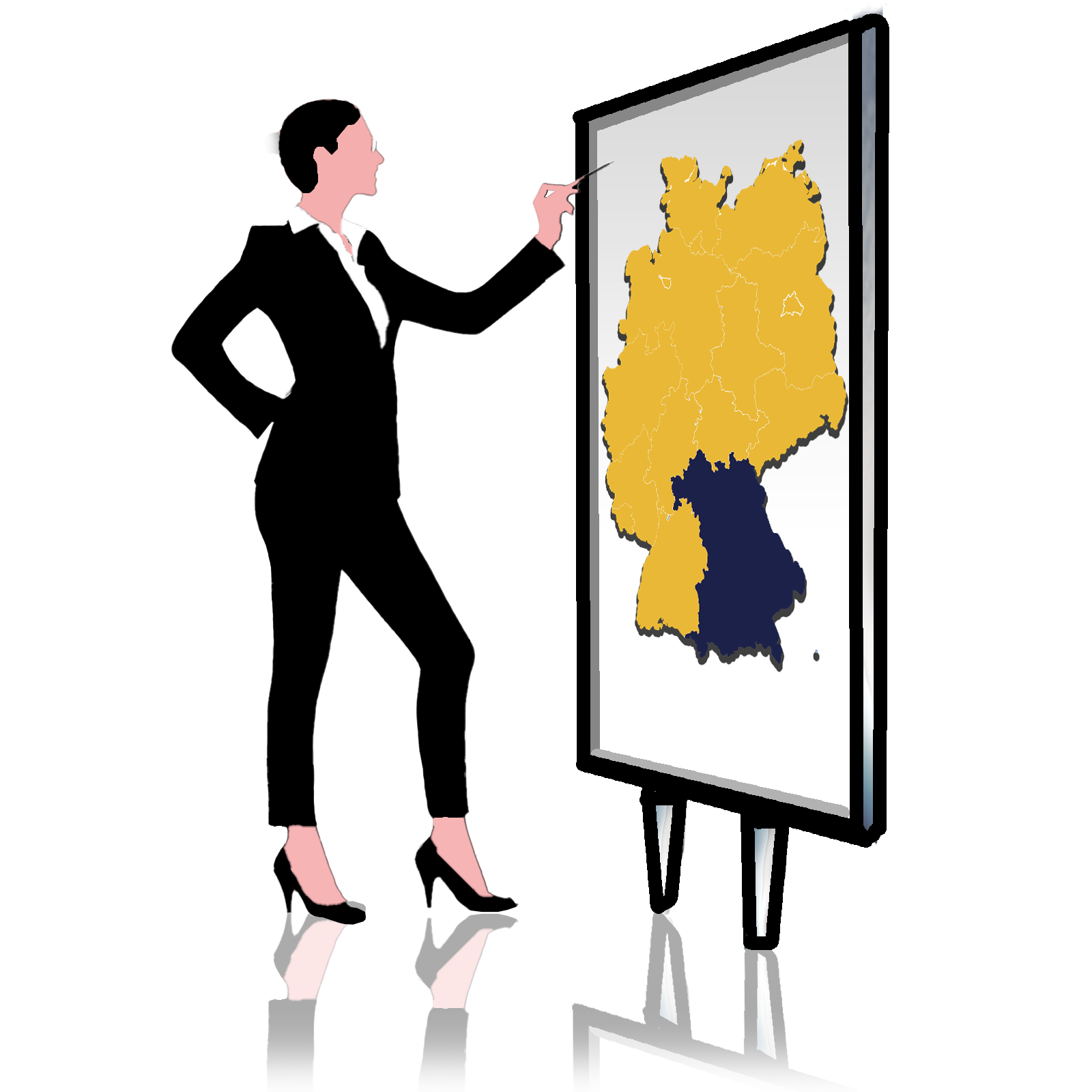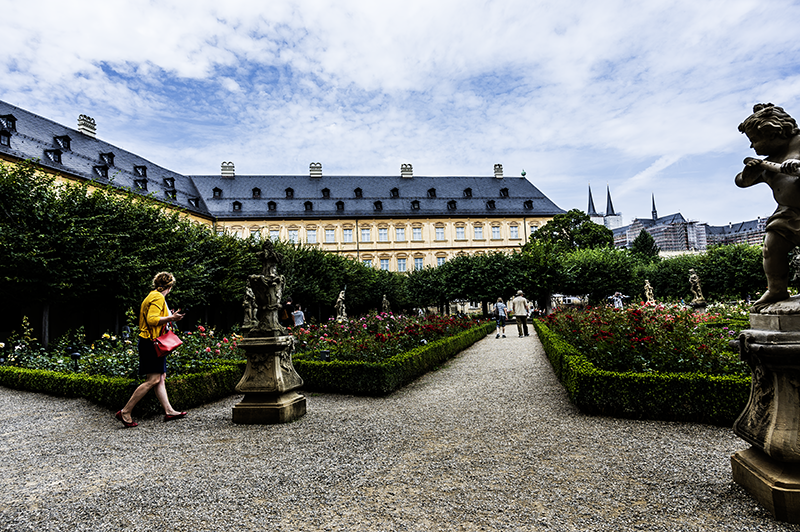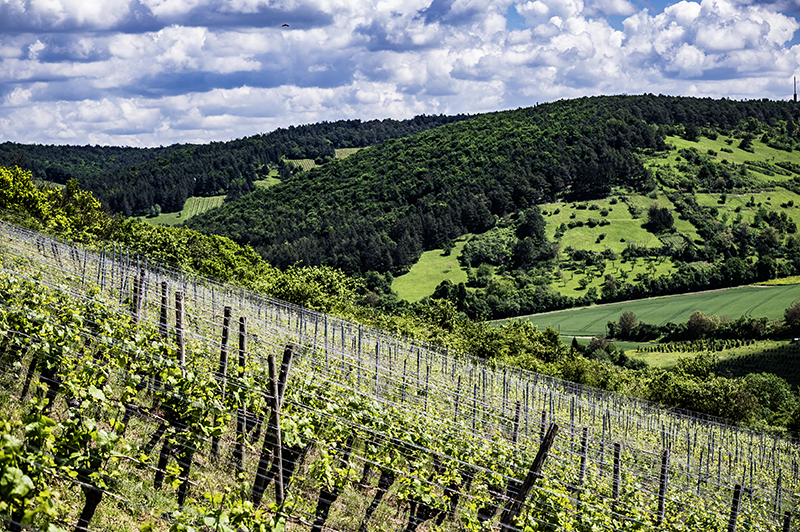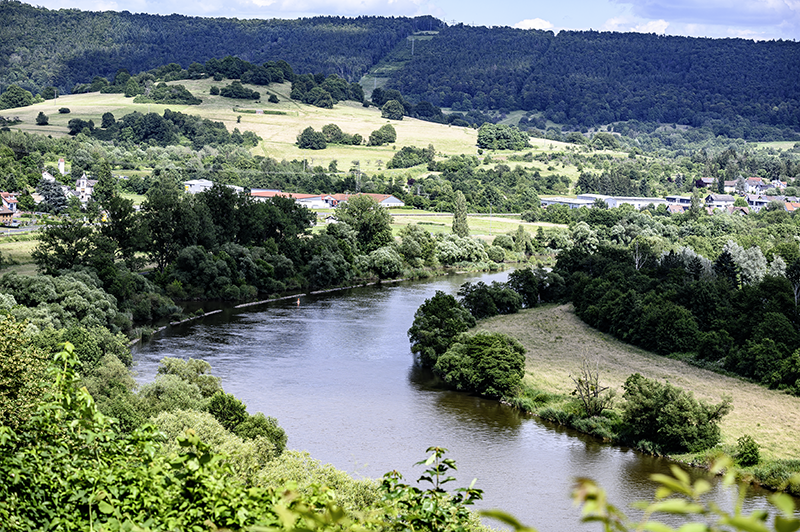Inspiration: Bavaria

From the Alps reaching into the clouds to the lush Danube basin, the Free State of Bavaria is a place that delivers everything the clichés promise. Fairytale castles left behind by a Bavarian king, cowbells jingling on the necks of their cows grazing in flower-strewn meadows, lederhosen and dirndl dresses worn by people in their medieval fortified towns as they go about their modern-day work as if they have traveled back in time.
We are in the south-eastern corner of Upper Bavaria. Here we find more than just a storybook idyll.

Upper Bavaria offers a unique diversity. From hop-heavy cultural landscapes to alpine natural landscapes and urban centers - all of this is naturally part of Upper Bavaria.

The term "Upper Bavaria" has changed several times over the centuries and takes no account of tribal or linguistic boundaries. In particular, there is no specific Upper Bavarian dialect. The term "Upper Bavaria" appears for the first time in 1255 during the division of Bavaria. However, its original extent was different: Chiemgau and the area around Bad Reichenhall belonged to Lower Bavaria at the time. The name refers to the relative location on the Danube and its tributaries: downstream, Upper Bavaria is followed by Lower Bavaria, Upper Austria and Lower Austria.
Frankonia
Somewhere between Ingolstadt and Nuremberg, the Bavarian accent becomes milder, the bands play a little quieter and wine competes with beer as the local drink. We are in Franconia. Any local will tell you that the Franconians, who live in the wooded hills and on the banks of the Main in the north of Bavaria, are a different breed of people to their brash and extroverted cousins in the south.
Nuremberg is the second largest city in Bavaria and the unofficial capital of Franconia, full of energy, intense nightlife and dark beer like coffee. It is one of Bavaria's biggest attractions, full of visitors all year round and is located in Mittelfranken. We'd better be precise.

In addition to Middle Franconia, there are also the regions and districts of Upper and Lower Franconia. They border Hesse, Thuringia and Saxony in the north, as well as the Czech Republic. - The history of the region dates back to around the ninth century. To this day, it is not possible to define the exact boundaries.
Franconian cuisine is more varied than in very few other regions. There is something for all tastes: Vegetarians will find main courses with Franconian asparagus and savoy cabbage as well as meat eaters with the "Schäufele". This is a baked pork shoulder, so called because of its round shape. The rind is cut into a diamond shape and is particularly crispy. This is why this dish delights its lovers not only with its taste, but also with its consistency.
Fish cooked in the style of "blue carp" is also typically Franconian and some restaurants even have their own carp ponds from which they catch their fish as fresh as possible from September to November. Nuremberg gingerbread is the perfect Franconian snack and no wine connoisseur or beer drinker is left out in the cold.
Franconian wine is one of the most popular Bavarian wines, comes from the Franconian vineyards and has another special feature to offer alongside many different white wines such as Silvaner and Müller-Thurgau: The Bocksbeutel bottle shape is reserved exclusively for Silvaner. If you like drinking Franconian beer (or several), you can really let off steam in Bamberg: Eight breweries with an old tradition can be found in the city on the Main and Regnitz rivers, as well as other smaller experimental and pub breweries. Of the Franconian beers, Bamberg Rauchbier is particularly well-known and popular with connoisseurs.
Lower Frankonia
Lower Franconia is located in the northwest of Bavaria and borders the states of Hesse and Baden-Württemberg. The River Main flows through the region and contributes to the fertile soils and wine production. The most important cities include Würzburg, Aschaffenburg and Schweinfurt.
Würzburg is known for its historical and architectural sights, including the Residenz, which is a UNESCO World Heritage Site. The region has a rich history dating back to the early Middle Ages and was an important ecclesiastical center during the Holy Roman Empire.

Lower Franconia has a distinct cultural identity, with a strong presence of Franconian traditions, festivals and dialects. It is known for its wine production, especially Franconian wines such as Silvaner and Müller-Thurgau, which are often bottled in the unique Bocksbeutel bottle.
Spessart
The Spessart is a low mountain range and forest area that stretches across parts of Lower Franconia and across the state border into Hesse. It is one of the largest contiguous forest areas in Germany, known for its dense forests, rolling hills and tranquil surroundings.
The area is packed with charming villages, medieval castles and historical sites, such as Mespelbrunn Castle, a well-preserved moated castle. The region has a rich folkloric tradition, often associated with the stories of the "Spessart robbers" romanticized in German literature and film.

The region was historically a border region between various principalities and bishoprics, which had a lasting impact on its development and cultural heritage. The forests of the Spessart were crucial for timber production, which was an important economic sector. The high-quality wood from the Spessart was used in construction and shipbuilding. Charcoal burning was another important industry and essential for iron smelting.



 © 2024
© 2024




















